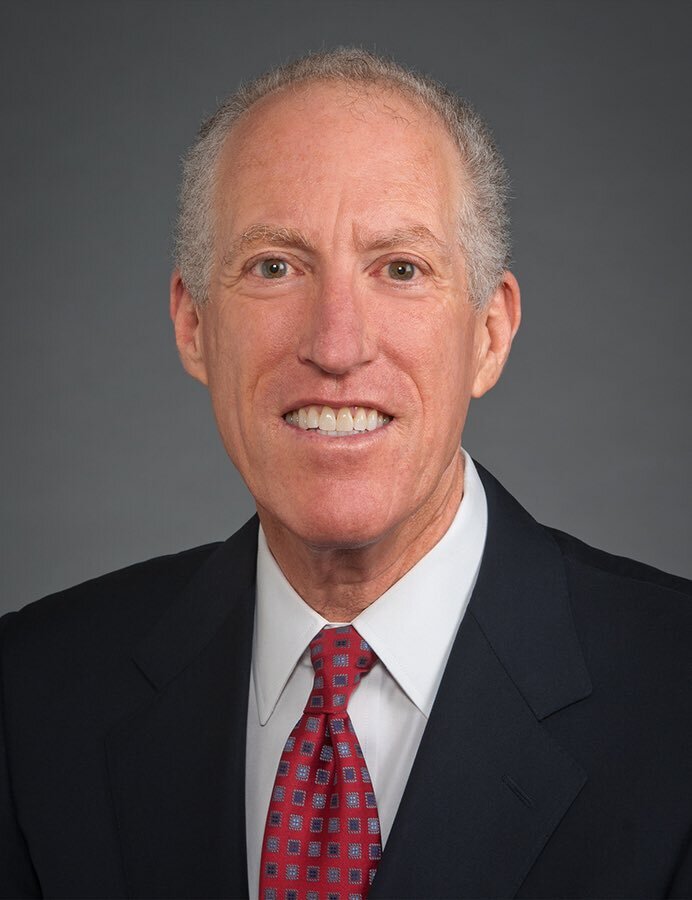Nov 5
2021
Treating Patients Like Consumers with Asynchronous Technology

By Edward Abraham, M.D., chief medical advisor, Bright.md.
Between the pandemic and dramatic growth in direct-to-consumer healthcare approaches, hospitals and health systems have been forced to find ways to provide convenient care for patients. Consumers are now accustomed to easier and more efficient care, and as a result, in-person care decreased 37% from 2019 to 2020 and telehealth increased by 23.6% within the same timeframe.
For health systems to stay competitive, there is no going back to the old way. They will need to continue to adapt to meet consumers where they are — delivering the experiences they’re used to in other industries, such as retail and travel. To do this effectively, hospital systems must continue to embrace digital adoption and the “consumerization” of healthcare. Providing patients with faster, more convenient, and effective treatment options will be the only way forward to retain consumer loyalty.
The Role of Asynchronous Care
Asynchronous care should be part of every health system’s digital strategy. Unlike in-person visits or telehealth appointments, asynchronous care occurs online without face-to-face, real-time interaction between the clinician and patient. The patient takes an adaptive digital interview based on their symptoms and medical history. Then this information, along with their EMR records, is packaged up and delivered to the provider, who can diagnose and treat the patient accordingly.
At the convenience of both the patient and clinician, being treated asynchronously means getting treated five times faster on average and without the hassle of having to go to a doctor’s office, urgent care, or emergency room. Asynchronous care provides consumers with the online experiences they desire at the most convenient time and location to vastly improve health outcomes.
Improved Patient and Provider Workflows
Everyone is familiar with the inefficiencies involved with making a doctor’s appointment, including making the appointment itself, potentially driving to the clinic, finding parking, filling out the same paperwork you’ve probably completed numerous times, and waiting to be seen by your clinician all while taking time out of busy work and life schedules. Now, imagine you can receive the same high level of care without disrupting your usual daily routine. Asynchronous technology allows consumers to receive the right care at the right time, all virtually. Although adoption is still growing, according to one recent survey, 87% of consumers who had an asynchronous visit with a provider say they would do so again. To begin treating patients more like consumers, offering on-demand, virtual-first options is essential to increasing consumer satisfaction and creating an improved experience.
Evidence-Based Medicine that’s User-Friendly
An estimated 90 million Americans are considered to have low health literacy, which has a dramatic impact on health outcomes and costs. In fact, compared to those with proficient health literacy, adults with low health literacy experience 4 times higher healthcare costs. So considering health literacy and access to health care when developing care pathways for patients is absolutely critical for health systems. High performing asynchronous care solutions integrate clinical content that is evidence-based and regularly updated, and then position the content in easy-to-understand terms at a fourth-grade reading level. The beauty of a dynamically-changing online interview means questions for patients can include helpful diagrams, as well as language that helps them understand why that question is being asked — all without the jargon. During an asynchronous visit, health literacy improves, and patients can feel heard and in control of their care. What this also means is that providers delivering care can trust asynchronous solutions, knowing that content is being updated with the latest evidence so that there are quality controls embedded.
Faster Care with Less Wait Times
Providing patients with faster, more efficient care is another crucial factor in embracing consumerized experiences in healthcare. With the physician shortage in the U.S. continuing to expand year after year across every specialty, it is essential to utilize providers strategically to ensure patients are being seen ASAP and simultaneously prevent clinician burnout. By implementing asynchronous visit capabilities, doctors can spend more time where it matters most – with patients.
While the average time spent in a doctor’s appointment is around 15 minutes, through asynchronous technology, a provider can spend an average of three minutes treating low-acuity conditions. Increasing physician capacity benefits the provider by reducing the risk of burnout, while also delivering the patient near-immediate care. Not only will patients feel appreciative about being seen faster, but a quicker treatment equals faster recovery.
Competing with Tech Disruptors and Increasing Bottom Line
Large tech companies such as Amazon, and smaller direct-to-consumer players are working to disrupt the healthcare industry and capture consumers’ attention and wallet share. With companies such as CVS and Walmart opening retail clinics in stores across the country, patients are exposed to more options than ever before when it comes to receiving care. To keep existing customers within present health systems and to attract new patients, providing more convenient options to access healthcare will be essential to retaining market share and increasing the bottom line.
Looking Ahead
Physicians will certainly continue to deliver in-person acute care services, seeing patients for emergencies, urgent cardiac care, intensive care, and chronic care management. However, asynchronous virtual care is an important modality for health systems to deliver consistent, quality care. The future of healthcare is treating patients more like consumers and implementing asynchronous care options to provide them with convenient, high-quality care, is the way forward.